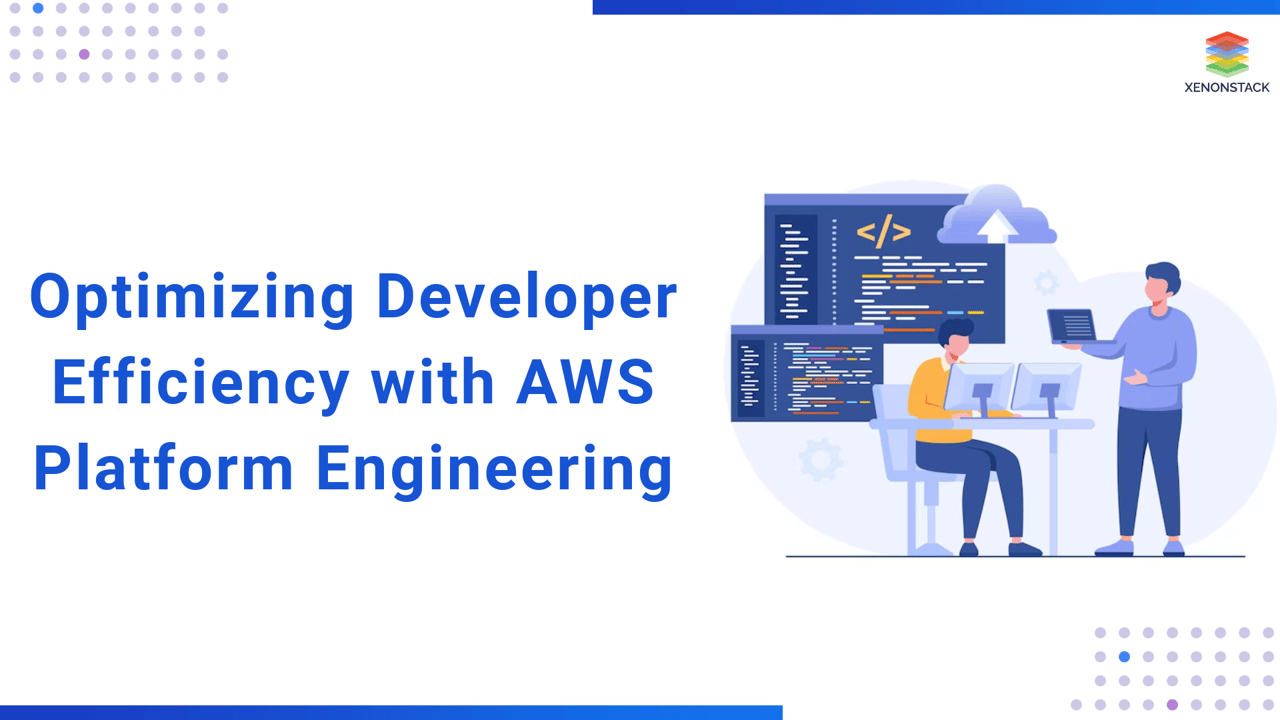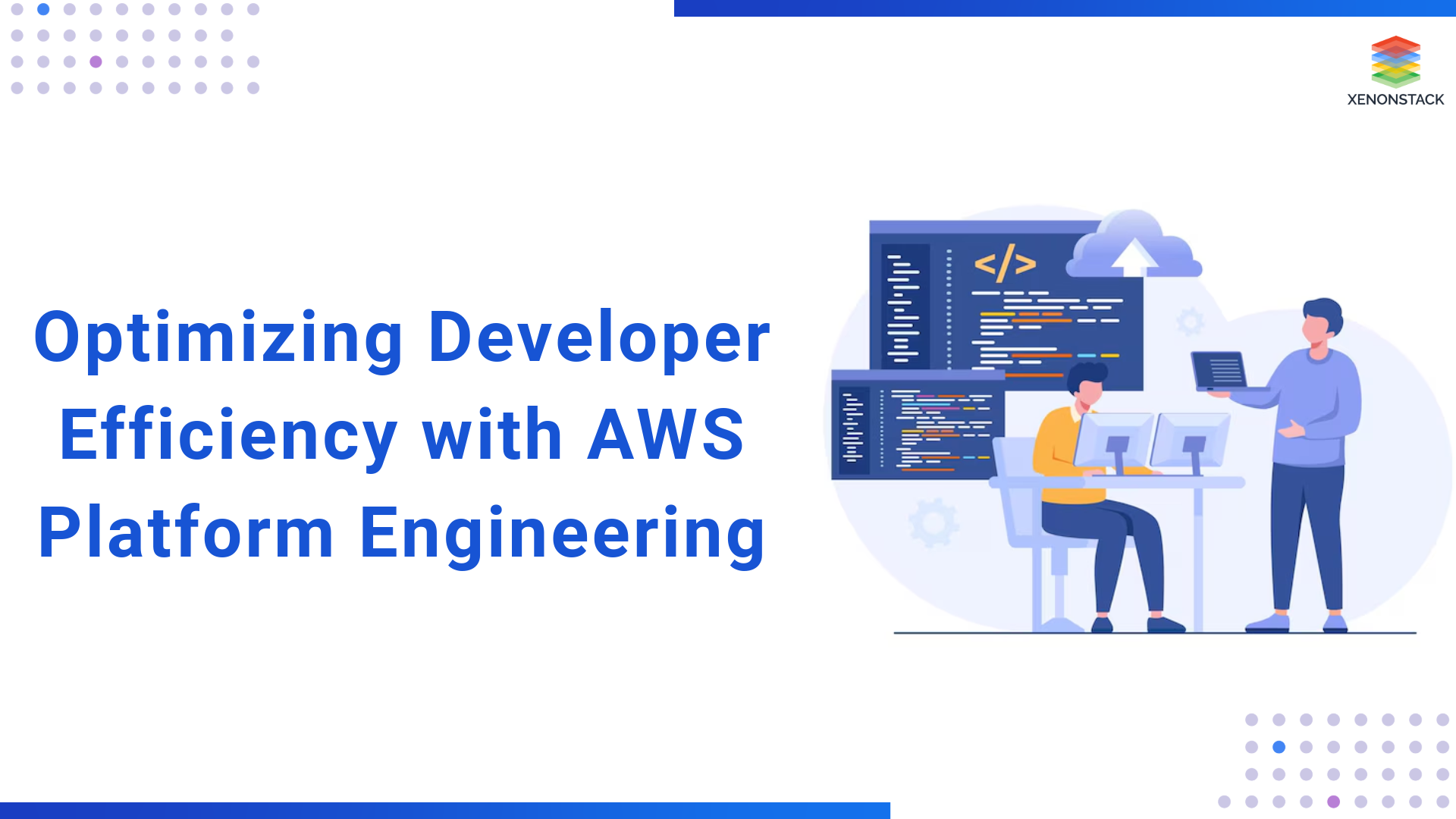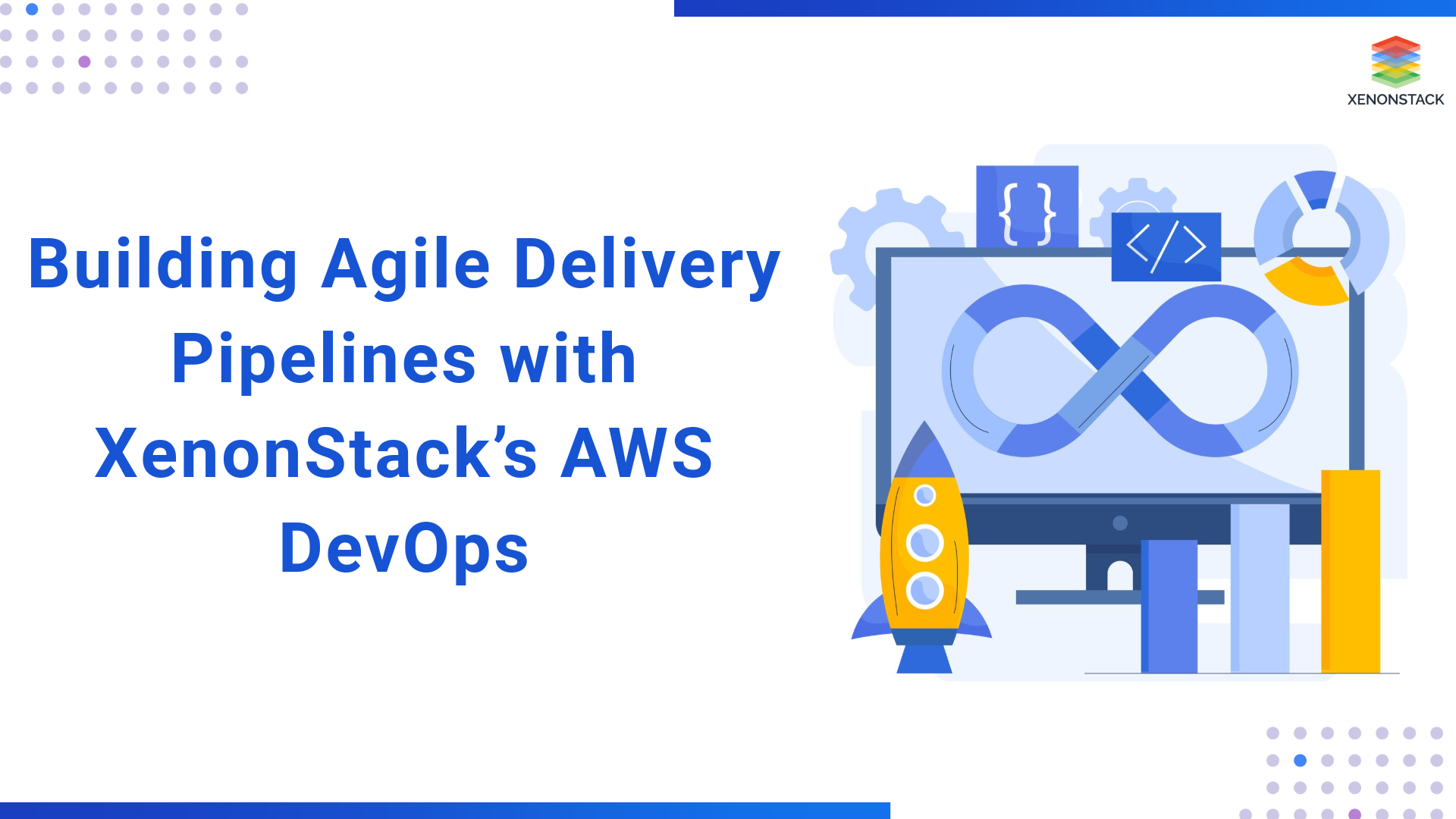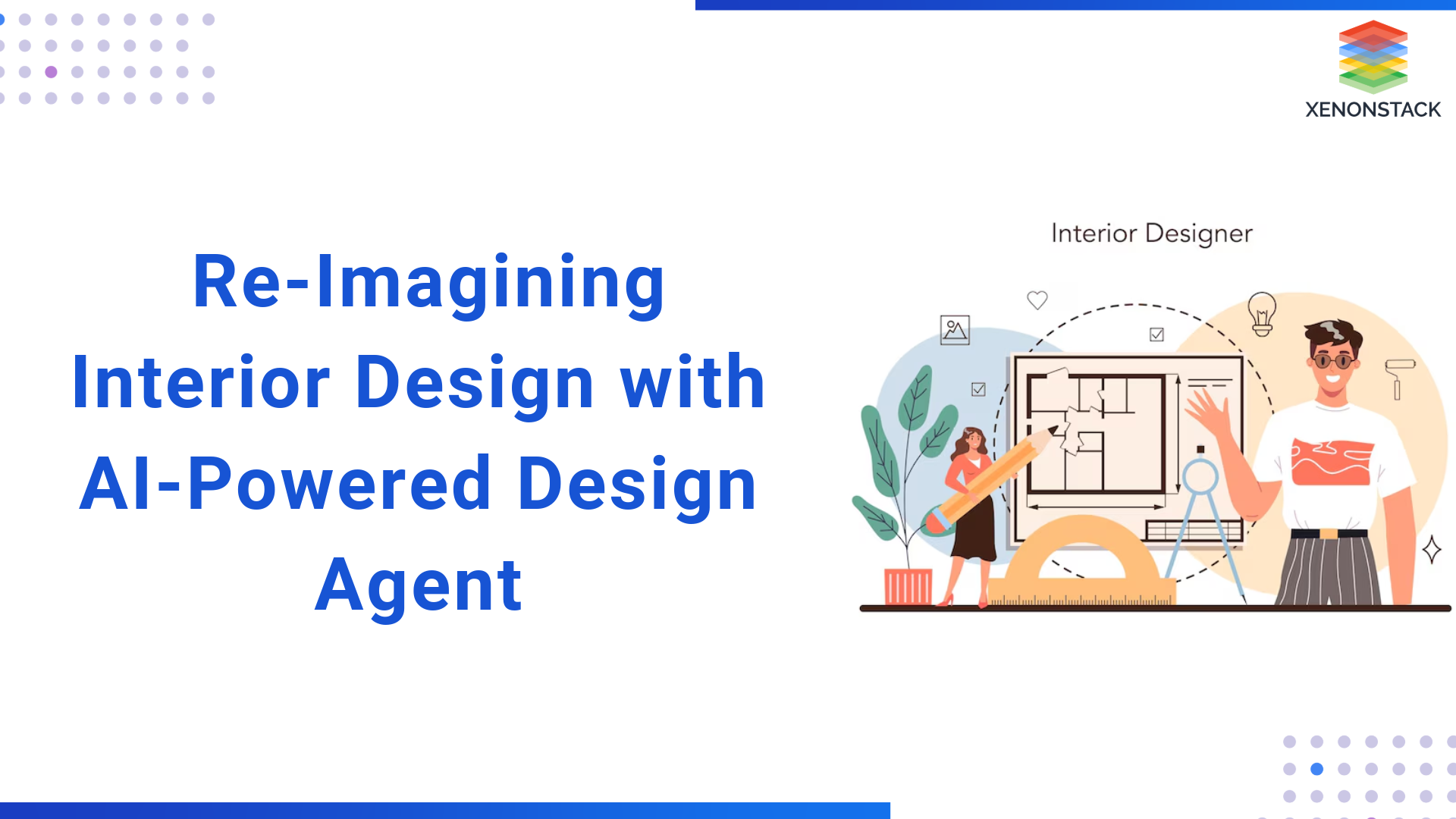
Executive Summary
A mid-sized financial services organization was encountering growing pains while expanding its digital portfolio. The company faced challenges like fragmented infrastructure, inconsistent CI/CD practices, and prolonged onboarding times for new applications. These obstacles slowed development cycles, strained DevOps teams, and heightened operational risk.
To address these issues, the organisation implemented a self-service Internal Developer Platform (IDP) entirely on AWS. Leveraging services such as Amazon EKS, AWS Control Tower, and Backstage, the IDP streamlined infrastructure provisioning, standardised deployments, enhanced developer experience, and significantly reduced manual overhead. This transformation resulted in faster onboarding (from 10 days to just 1 day), increased developer velocity, and strengthened the company's security and compliance posture — meeting standards like SOC2 and GDPR.
Customer Information
-
Industry: Financial Services
-
Location: Australia
-
Company Size: 2–10 employees
Business Challenges
The development teams struggled with operational inefficiencies caused by non-standardized infrastructure provisioning and inconsistent deployment pipelines. Each team manually managed its AWS resources, leading to environment drift, configuration inconsistencies, and a higher risk of downtime.
Service deployments often took over a week, and developer onboarding involved significant manual effort — including access provisioning, environment setup, CI/CD configuration, and monitoring alignment. The lack of a unified developer experience led to frequent deployment issues and heavy reliance on SRE/DevOps teams.
In addition to improving operational efficiency, the company needed to meet stringent compliance frameworks like SOC2 and GDPR, requiring standardized logging, access control, auditability, and encryption practices.
Business and Operational Challenges
The organization faced systemic technical hurdles:
-
Legacy deployment scripts and manual configurations across projects
-
Environment inconsistencies across development, staging, and production
-
Poor secrets and credentials management
-
Siloed monitoring and limited observability
-
Absence of centralized access control or self-service capabilities
-
Lack of enforcement for security best practices such as least-privilege access and standardized audit logging
These challenges collectively slowed development cycles and increased operational and compliance risks.
Solution Design and Strategy
A proactive platform engineering initiative was launched, focused on building a centralized, automated Internal Developer Platform (IDP) using AWS-native services. Designed with scalability, security, and developer experience in mind, the platform enabled self-service operations, GitOps-based deployments, and robust governance.
Core tools included Terraform for infrastructure as code (IaC), ArgoCD for GitOps continuous delivery, and Backstage as the self-service developer portal. A multi-account architecture governed through AWS Control Tower and centralized secrets management ensured operational consistency across environments.
AWS Services Implemented
The IDP leveraged a comprehensive suite of AWS services:
-
Amazon EKS: To orchestrate multi-tenant, Kubernetes-based microservices workloads securely.
-
AWS CodePipeline and CodeBuild: For modular, reusable CI/CD pipelines.
-
AWS Secrets Manager: For centralized, environment-segregated secrets management.
-
Amazon CloudWatch: For centralized monitoring, logging, and real-time alerting.
-
AWS IAM & AWS SSO: For identity governance and RBAC enforcement.
-
Amazon S3 and Amazon RDS: For artifact storage and backend services.
-
AWS Service Catalog: For self-service project bootstrapping templates.
-
AWS Control Tower, SCPs, and AWS Organizations: For multi-account governance and guardrails.
-
AWS CloudTrail, AWS Config, and AWS Backup: For compliance, auditability, and disaster recovery.
Solution Architecture Blueprint

Deployment Approach
The IDP deployment followed a phased DevOps adoption model:
-
Provisioning: Automated AWS account creation, resource provisioning, and security policies via Terraform modules.
-
Developer Onboarding: Developers used the Backstage portal to bootstrap new projects, triggering CodeBuild workflows and infrastructure setups.
-
Deployment Pipelines: GitHub-integrated repositories used ArgoCD pipelines for GitOps-based deployments to tenant EKS clusters.
-
Secrets Management: Hybrid Vault and AWS Secrets Manager handled centralized secrets lifecycle.
-
Monitoring and Alerting: Application metrics, logs, and alerts centralized through CloudWatch, Prometheus, and Grafana.
-
Security and Governance: Centralized IAM, SSO, and SCPs enforced tenant isolation, security best practices, and compliance.
Innovations and Best Practices Implemented
Key best practices incorporated:
-
GitOps-first deployments with ArgoCD for traceable and auditable application changes.
-
Multi-account architecture promoting isolation and enhanced security.
-
Backstage-based self-service developer portal for faster onboarding.
-
Terraform-driven infrastructure ensuring consistency and observability.
-
Automated secrets management and hybrid encryption practices.
-
Full-stack monitoring established from day one.
Business Outcomes and Success Metrics
Significant outcomes achieved:
-
92% reduction in infrastructure provisioning time (10 days to 1 day).
-
80% fewer onboarding issues with automated environment setup.
-
5x increase in developer deployment throughput.
-
50% reduction in operational support tickets through self-service automation.
-
Audit-ready governance framework established with IAM policy enforcement.
-
Improved developer satisfaction and accelerated time-to-market.
Technical Achievements and Improvements
Notable technical improvements included:
-
Scalable EKS clusters with strict tenant isolation
-
Reusable, GitHub-integrated CI/CD pipelines
-
Real-time operational visibility through centralized dashboards
-
Rapid scaling with modular Terraform IaC templates
-
Unified security and access management via SSO and SCPs
Customer Testimonial
"The IDP on AWS has completely transformed how our developers work. Faster onboarding, consistent deployments, and full-stack visibility have allowed us to focus more on innovation and less on infrastructure troubleshooting."
— Lead Platform Engineer, Financial Services Organization
Challenges Faced and Solutions Applied
Key obstacles encountered:
-
Initial friction during team adaptation to GitOps practices.
-
Extensive documentation and enablement required for Backstage and pipeline adoption.
-
Cross-team collaboration needed to align IAM, networking, GitHub Actions, and ArgoCD workflows.
Best Practices Identified
Major lessons learned:
-
Start with a "golden path" for onboarding new services
-
Prioritize intuitive Backstage plugins to drive adoption
-
Enforce Infrastructure as Code (IaC) discipline from the beginning
-
Establish full monitoring and alerting early on
-
Automate secrets lifecycle and implement tenant isolation from day one
Future Initiatives and Enhancements
Planned future enhancements:
-
Integration of data pipelines using AWS Glue and Lake Formation
-
Improved cost visibility using CloudZero and AWS Budgets
-
Expanded GitOps observability and multi-region failover support
-
Development of custom Backstage plugins for real-time insights, cost tracking, and FinOps optimization
Take Next Step to Boost Developer Productivity with AWS
Talk to our experts about taking the next step to boost developer productivity with AWS. Learn how industries and teams leverage AWS platform engineering to streamline workflows, optimize development processes, and enhance overall productivity, driving efficiency and innovation across the organization.
.webp?width=1921&height=622&name=usecase-banner%20(1).webp)





